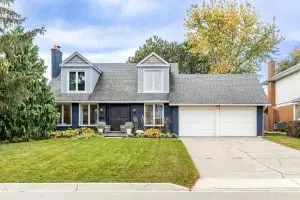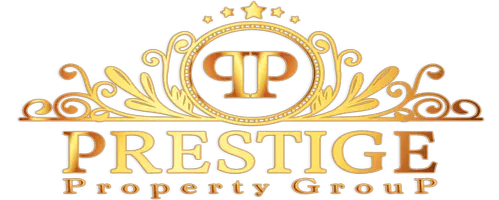Indiana Is Winning in Affordability and Homebuilding: Can Gov. Braun Keep the Momentum?
Indiana is emerging as one of the nation’s housing bright spots.
The Hoosier State earned a strong B+ for affordability and homebuilding on the Realtor.com® State-by-State Housing Report Card, part of its ongoing Let America Build campaign to track how well states are tackling the housing shortage.
The solid grade reflects a state that continues to balance rising demand with steady construction—an increasingly rare feat in today’s market.
In fact, President Donald Trump recently put pressure on large homebuilders to increase construction nationwide, given the issues with construction in the country. In a post on his Truth Social platform in early October, he accused major builders of hoarding lots to prop up prices—likening them to OPEC, which restricts oil output to maintain high prices.
“They’re my friends ... but now, they can get Financing, and they have to start building Homes. They’re sitting on 2 Million empty lots, A RECORD,” Trump wrote. He urged Fannie Mae and Freddie Mac to intervene and “get Big Homebuilders going” to “restore the American Dream.”
So, how has Indiana succeeded where so many other parts of the country have failed?
Indiana’s strong showing
Indiana posted a total score of 69.9, one of the best in the Midwest. With a median list price of $293,021 and a median household income of $69,674, buyers here are getting more home for their money. Its Realtors® Affordability Score of 0.87 places it among the most affordable states in the country, offering a meaningful edge over higher-cost regions.
The state also holds its own on construction activity. Indiana accounted for 1.8% of all new-home permits issued nationwide in 2024, nearly in line with its 2% share of the U.S. population. Its permit-to-population ratio shows that builders are keeping up with household growth, despite national headwinds from interest rates and labor costs.
The new-construction premium—the price gap between new and existing homes—was 49.1%, reflecting strong buyer demand for updated inventory and larger, higher-quality homes.
How Indiana compares
Nationally, the second quarter of 2025 saw new construction gain traction even as interest rates stayed elevated. According to the most recent Realtor.com New Construction Insights, the median list price for a new home was $450,797, nearly unchanged from a year ago, while existing-home prices climbed 2.4%. That led to the smallest new-construction premium on record—just 7.8%—a sign that newly built homes are becoming increasingly competitive with older ones.
In regional terms, the South and Midwest continue to lead the nation. Builders in the Midwest, including Indiana, benefit from ample land and fewer regulatory barriers.
That stability has kept markets like Indianapolis and Fort Wayne more affordable and less volatile than many coastal metros. New listings for newly built homes have risen 37% nationwide since early 2020, and Indiana’s steady stream of projects has helped prevent the severe inventory crunch seen elsewhere.
“America is short more than 4.7 million homes, and every new home built helps close that gap while fueling local economies," says Shannon McGahn, executive vice president and chief advocacy officer at the National Association of Realtors®. "NAR research shows that the U.S. has faced a persistent housing shortage for more than a decade, driving up prices and limiting options for buyers. Expanding housing supply creates jobs, supports small businesses, and affords families the opportunity to build generational wealth.”
Gov. Braun’s housing outlook
Gov. Mike Braun, who took office earlier this year, is eager to continue building on the progress Indiana has made thus far.
"This rating reflects the progress my administration has made in making housing more affordable, sustainable, and accessible for Hoosiers," Braun told Realtor.com.
"Through the Indiana Housing and Community Development Authority, impactful programs like zero-interest down payment assistance, and development tax credits, we have made it easier for all Hoosiers to access housing. This recognition reinforces Indiana as one of the best states in the Midwest to live, work, and raise a family."
While many are pleased with the progress thus far, others are hoping for more.
Nearly 700 organizations—from developers to housing nonprofits—sent the governor a letter in June this year, urging him to create a Commission on Housing Safety, Stability, and Affordability.
Advocates say the commission would help Indiana maintain its momentum while avoiding the pitfalls that have left other states short of supply. They argue that even with a strong foundation, affordability is not guaranteed without continued coordination and investment.
A blueprint for continued success
The National Association of Home Builders’ Blueprint To Address the Housing Affordability Crisis offers a roadmap that aligns closely with Indiana’s current trajectory: easing permitting delays, reducing impact fees, and fixing supply chain bottlenecks to encourage steady, attainable construction.
With one of the best affordability profiles in the country and a governor facing rising expectations, Indiana has a chance to lead the national conversation on what balanced growth looks like.
Sustaining its B+ grade will depend on turning that momentum into a long-term strategy—one that keeps new homes coming and homeownership within reach for future generations.
Categories
Recent Posts










GET MORE INFORMATION

